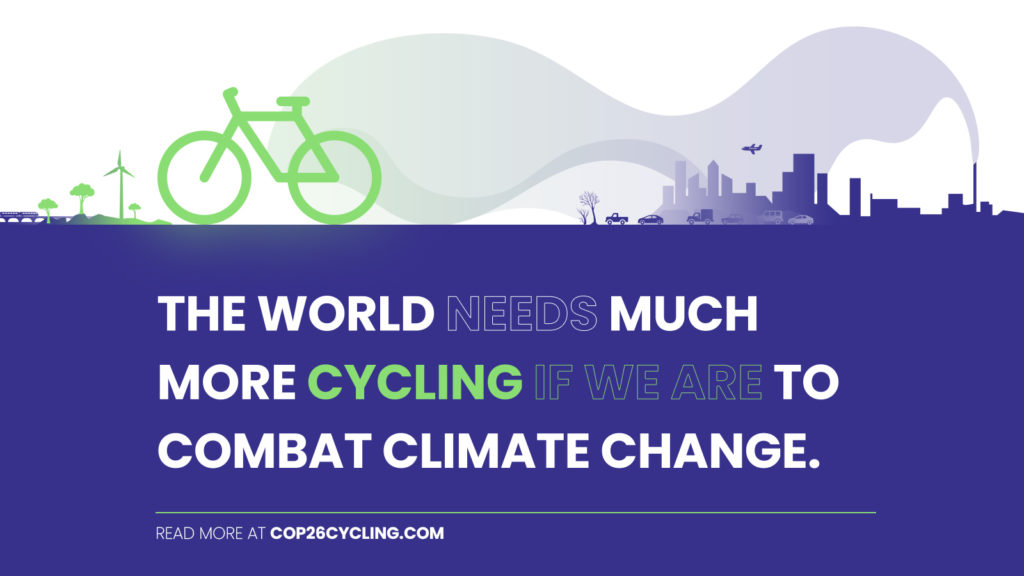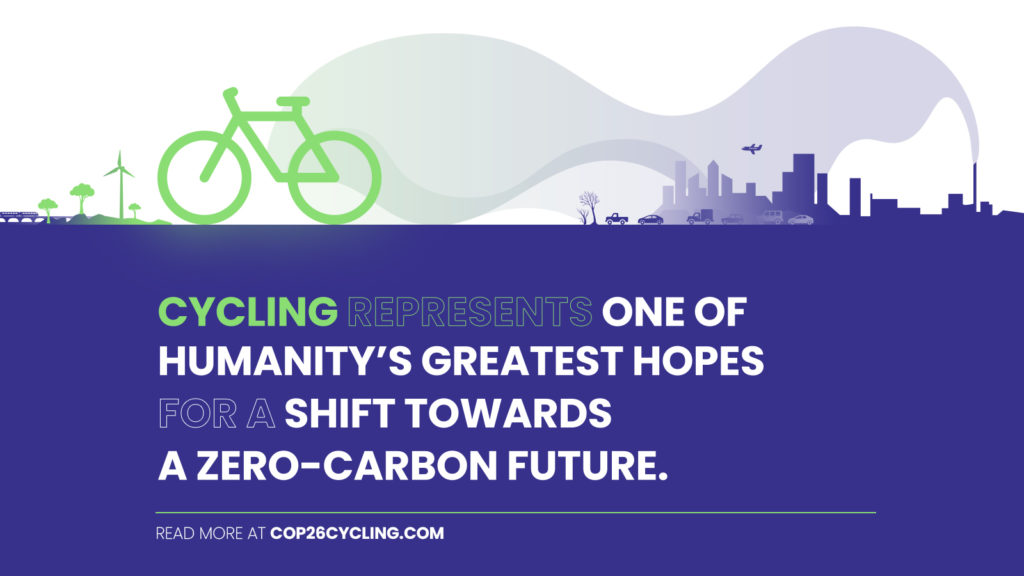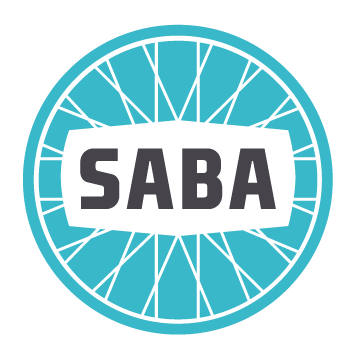May is Bike Month is just about here!
May is Bike Month is a campaign where we celebrate our local bike culture and encourage new and experienced riders to replace their car trips with bike trips. The average car trip to run errands is 1-3 miles. This is a distance easily bikeable by people of all skill levels. Bicycling saves you money and time, plus it’s good for the environment, great for your wellbeing, and supports bike advocacy in your region long-term! Help us help you, your city, and the environment by logging your rides manually or with the Love to Ride app this May.
2023 Stats
As many are aware, the COP26 just wrapped up convening in Glasgow, Scotland. But you might not know that SABA, along with 350 organizations from around the world signed an open letter calling on governments to boost global cycling levels. Our joint message was simple: the world needs more people cycling if we are to combat the climate crisis.
The Cop26 was dedicated to transport focused almost exclusively on fossil fuel-powered means such as motor vehicles and aviation, with almost no attention paid to sustainable methods of transport such as cycling and walking, which already exist.

The EU's Matthew Baldwin brought up the missing subject and along with the letter signed by organizations around the world, a sentence on active travel was added to the Glasgow Declaration.
“We recognize that alongside the shift to zero emission vehicles, a sustainable future for road transport will require wider system transformation, including support for active travel, public and shared transport.”
In other words, we're not going to reach our goals with zero emission vehicles alone. Leaders in Glasgow argued that cycling should be a part of a broader approach to a variety of multimodal transportation options. When a third of emissions come from transportation you have to switch modes.
Carlton Reid, transportation writer for Forbes and other publications was in Glasgow talking with leaders:
“The climate transition is not simply about replacing every petrol or diesel car with an electric car,” Ed Miliband told [Reid] in the COP26 Media Center.
“We need to create a better society where people can walk and cycle, with all the health benefits that brings,” added Miliband.
Jill Warren of the European Cyclists' Federation argued, “If you make cities more cycling-friendly, you don’t just get the emission reductions; you get the livability, you get the absolutely enormous health benefits. These add up to over $60 billion in economic benefits a year.”
California signed onto the Climate Declaration as did Los Angeles, San Diego, San Francisco, and Santa Monica. The capitol of California, sadly, was MIA.
We appreciate that the City “took a chance” with the Slow and Active Streets pilot, but we recommend that the City double down and raise bike and pedestrian infrastructure to the top of their climate change implementation list of goals and actions. Let's start by finishing the creation of a low stress interconnected bike network.
It's obvious: bicycling is low cost, low tech, and high impact. Don’t underestimate the power of the bike.







